Brooklyn Homeowners Go Solar Thanks to New Technology, Tax Breaks
Though mostly hidden from view, solar panels are gracing more and more rooftops in Brooklyn, fueled by tax incentives and new technology that makes installation easier on flat townhouse roofs.

A tilt rack installation in Sunset Park. Photo via Brooklyn Solarworks
Though mostly hidden from view, solar panels are gracing more and more rooftops in Brooklyn, fueled by tax incentives and new technology that makes installation easier on flat townhouse roofs.
Michael LaCombe installed solar panels on his Bensonhurst rowhouse in February. He paid $30,00 — $10,000 up front and the rest borrowed through a New York State (NYSERDA) program — for a solar canopy suspended 9 feet above his flat roof. His monthly Con Edison bills have dropped from $120 a month to below $20 in administrative costs, and the panels are producing more energy than he uses each month.
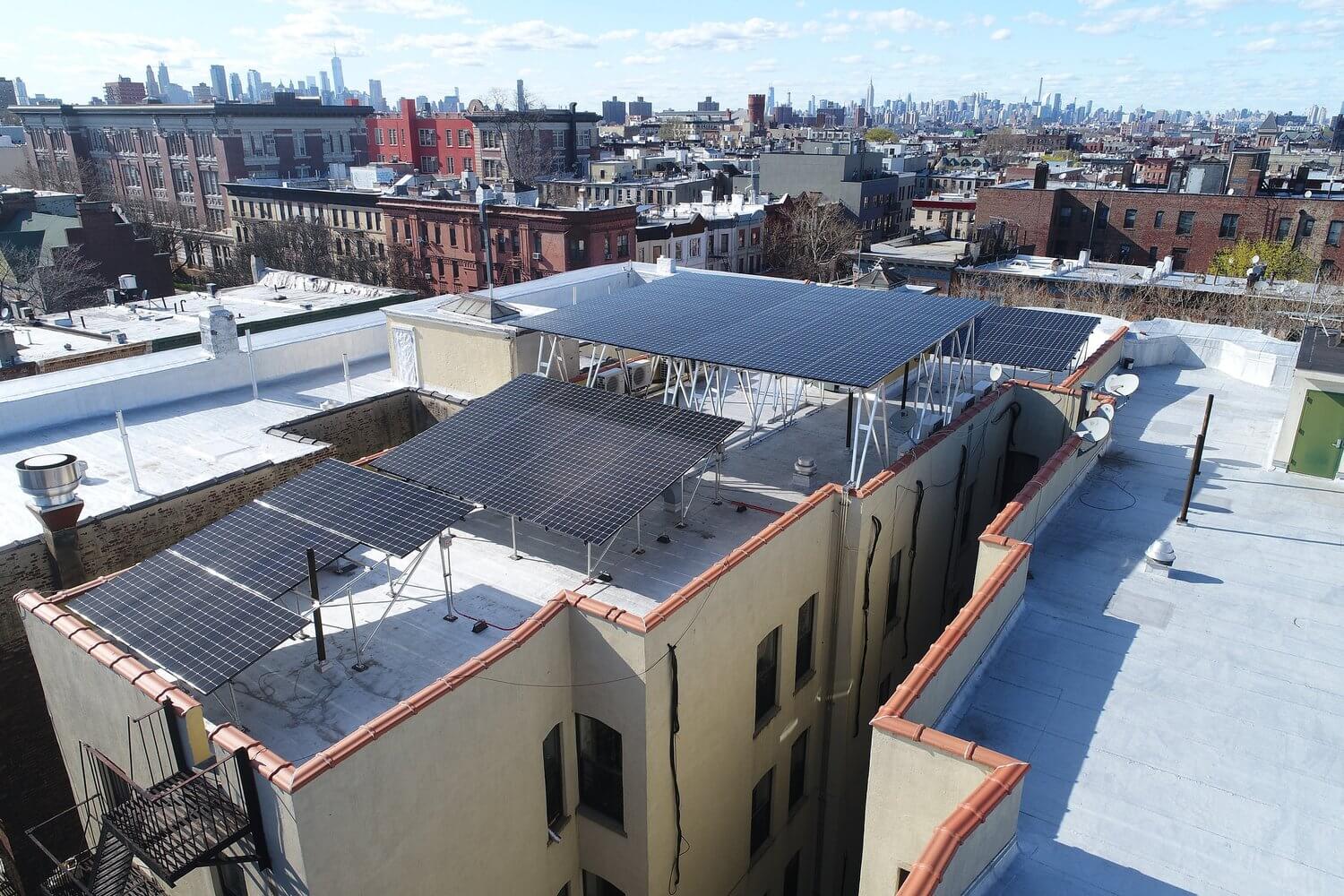
He also plans to recoup about half the cost of the panels through state and federal rebates and tax credits.
“We’re sort of crunchy people. We compost and all that stuff, so definitely being kind to our planet is part of our motivation,” LaCombe said. “But when we looked at the math, with the financing terms that we agreed to, we’re going to be paying just a little bit more each month than we would have paid to Con Edison to finance the panels over 12 years.”
Until recently, the solar industry has largely avoided New York City, said Chris Neidl of Brooklyn Solarworks, the company that installed LaCombe’s solar canopy. Hatches and skylights on brownstones and rowhouses, as well as fire code regulations, make installing solar panels more difficult because each system has to be customized.
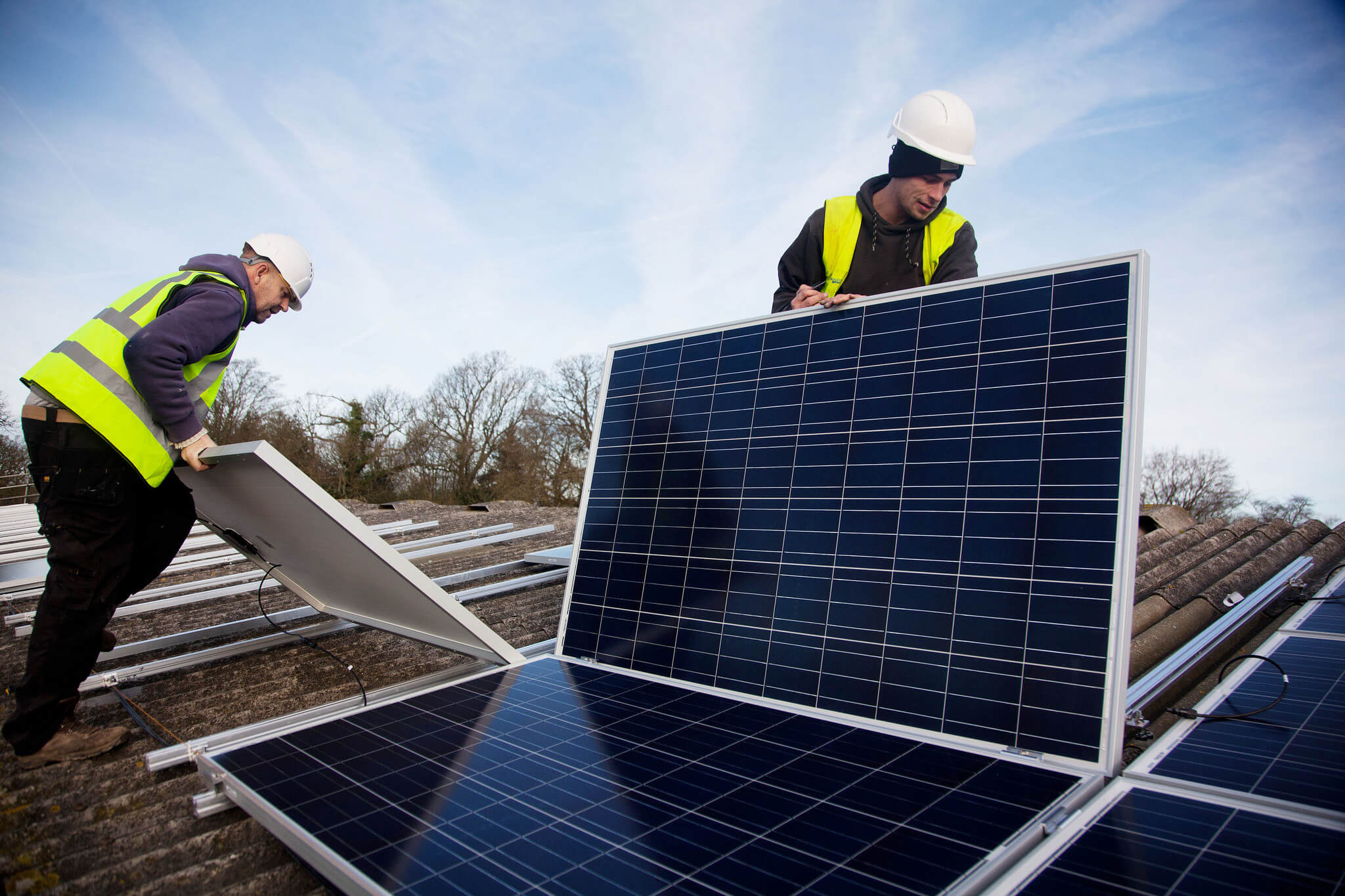
“Solar has really taken off in suburban pitched roof areas, where you have standard large pitched roofs that you can install big systems on,” he said. “Small, customized systems have been avoided.”
But the canopy system — where the panels are attached to a 9-foot-high aluminum frame — allows an entire flat roof to be covered in solar panels. The canopies are more expensive than traditional tilted panels, running $30,000 to $80,000 before tax incentives, compared to a starting price of $22,000 for a regular tilted system.
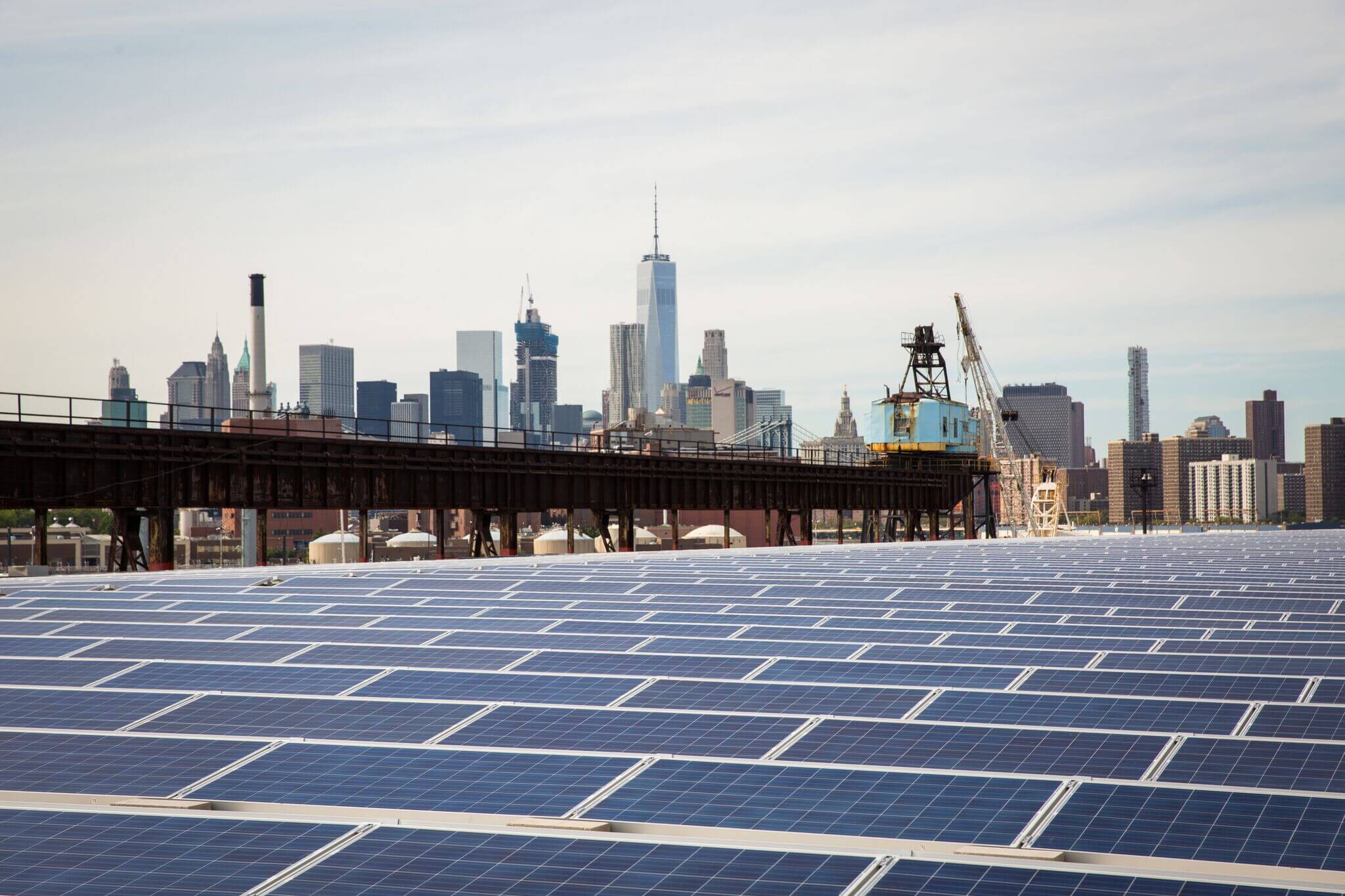
Neidl’s company handles the design, engineering and permitting for the systems, which takes an average of three to four months. The company has also begun to offer to discounts to large groups of neighbors who band together to install solar panels. On one block of 11th Street in Park Slope, 14 neighbors have decided to go solar, reducing their costs by an average of 20 percent.
“It’s this cool kind of grassroots experience that does make the pricing more competitive and the decision making process less risky for the homeowner,” Neidl said.
Apartment buildings and businesses in Brooklyn have also embraced solar, including at the Gateway Elton , a LEED-certified affordable housing development in East New York, and Cafe Habana’s Habana Outpost in Fort Greene, which claims to be the first solar-powered restaurant in New York City.
Brooklyn-based Solar Energy Systems installed a large system at the Brooklyn Navy Yard in 2016. Staten Island-based Sea Bright Solar installed a system for Pamela Capalad and Brian Kushner, aka Dyalekt, on their two-family in Bushwick. There were 5,405 solar installations in New York State in 2017, according to nonprofit The Solar Foundation.
Vinz Feller installed solar panels on his wood-frame house in Bed Stuy a little over a year ago. He paid $29,500 to install a tilt-rack system on one side of his pitched roof and a canopy system on the other. He expects to recover $15,000 to $18,000 in rebates and tax incentives.
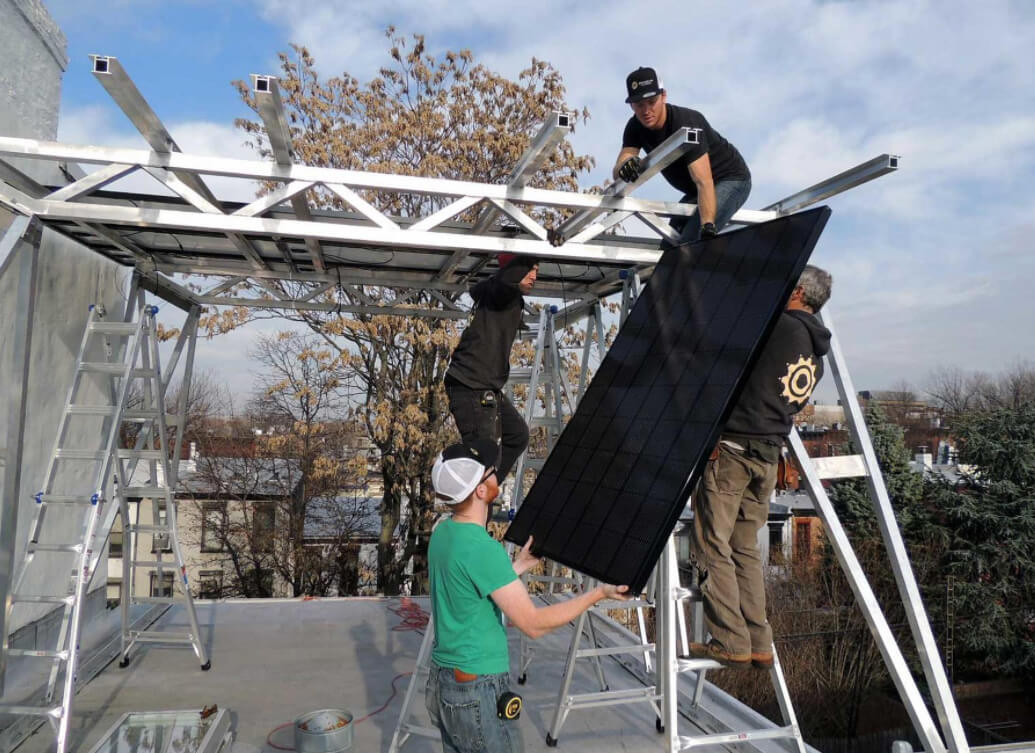
“From a financial point of view, I kind of think it’s a wash,” Feller said. “The tax incentives make a big difference.”
Feller’s Con Edison bill is now $25 a month, compared with $250 during the summer months before he installed the panels. And the 17-panel system produces double the electricity he uses, sending the extra energy back into the grid.
“In a year and a half of renovating, this was hands down the easiest thing I’ve done,” Feller said. “The other big aspect for us really was the environmental factor. Ideally, I’d just be totally off the grid.”
Colin Strohm installed solar panels on his Greenwood Heights townhouse in February.
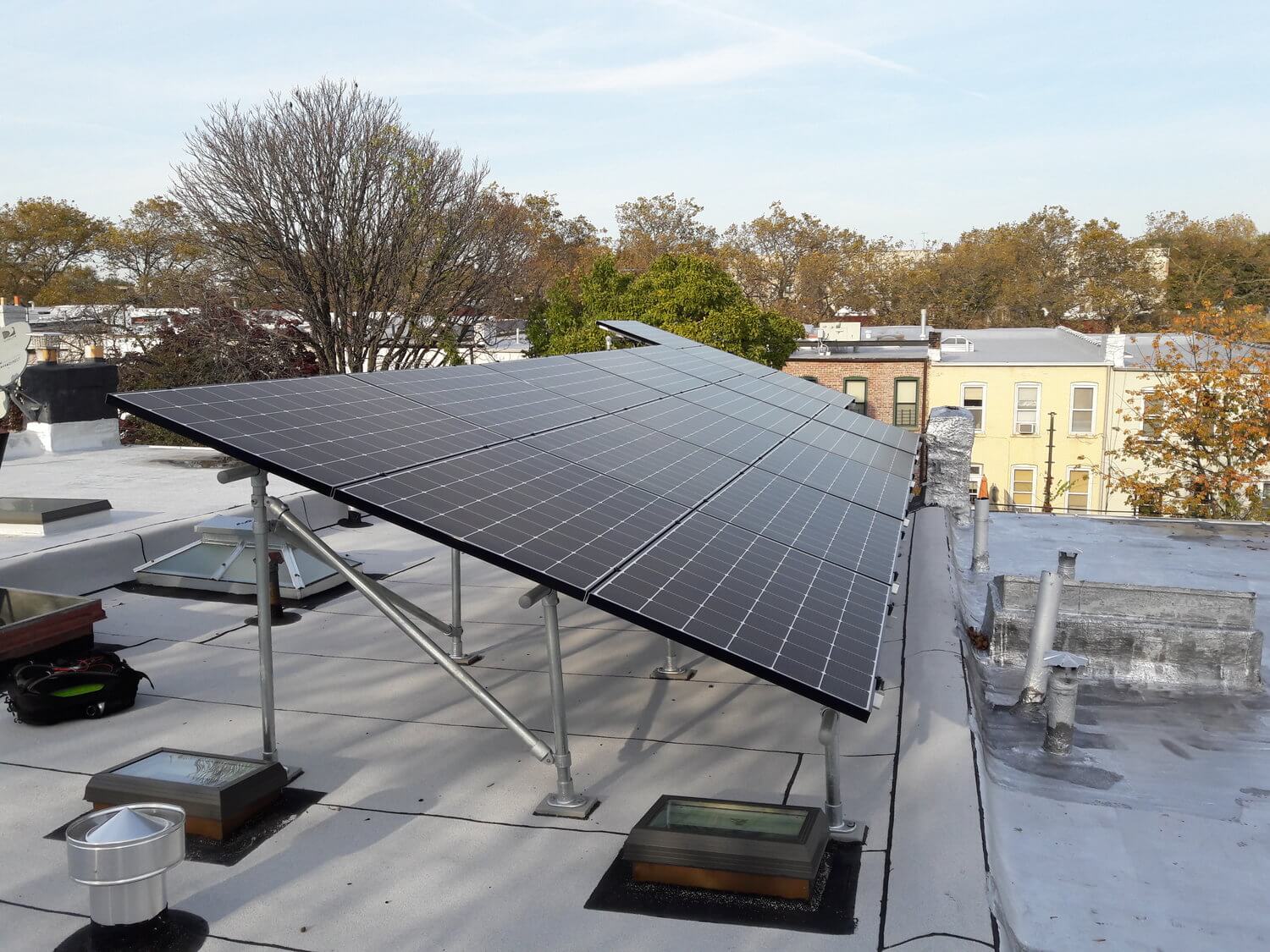
“It’s something that I’ve been wanting to do and we had a little financial windfall so we’re able to pay for it out of pocket rather than financing it,” Strohm said. He paid $27,000 for 16 tilted panels. He expects to spend $9,000 after credits and rebates. His first two Con Edison bills since installing the panels have been a credit of $106.
“If that trend continues, if our electric consumption doesn’t go up and it’s not cloudy for a whole month, it should pay for itself in about five years,” Strohm said.
Businesses Mentioned Above
Related Stories
- 7 Tips for Beautiful Window Boxes All Year Round
- Nothing Beats Steel Windows’ Strength, Thin Profile and Industrial Chic — But They’re Costly
- 6 Things You Must Know Before Installing a Fence
Email tips@brownstoner.com with further comments, questions or tips. Follow Brownstoner on Twitter and Instagram, and like us on Facebook.



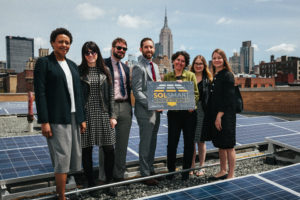
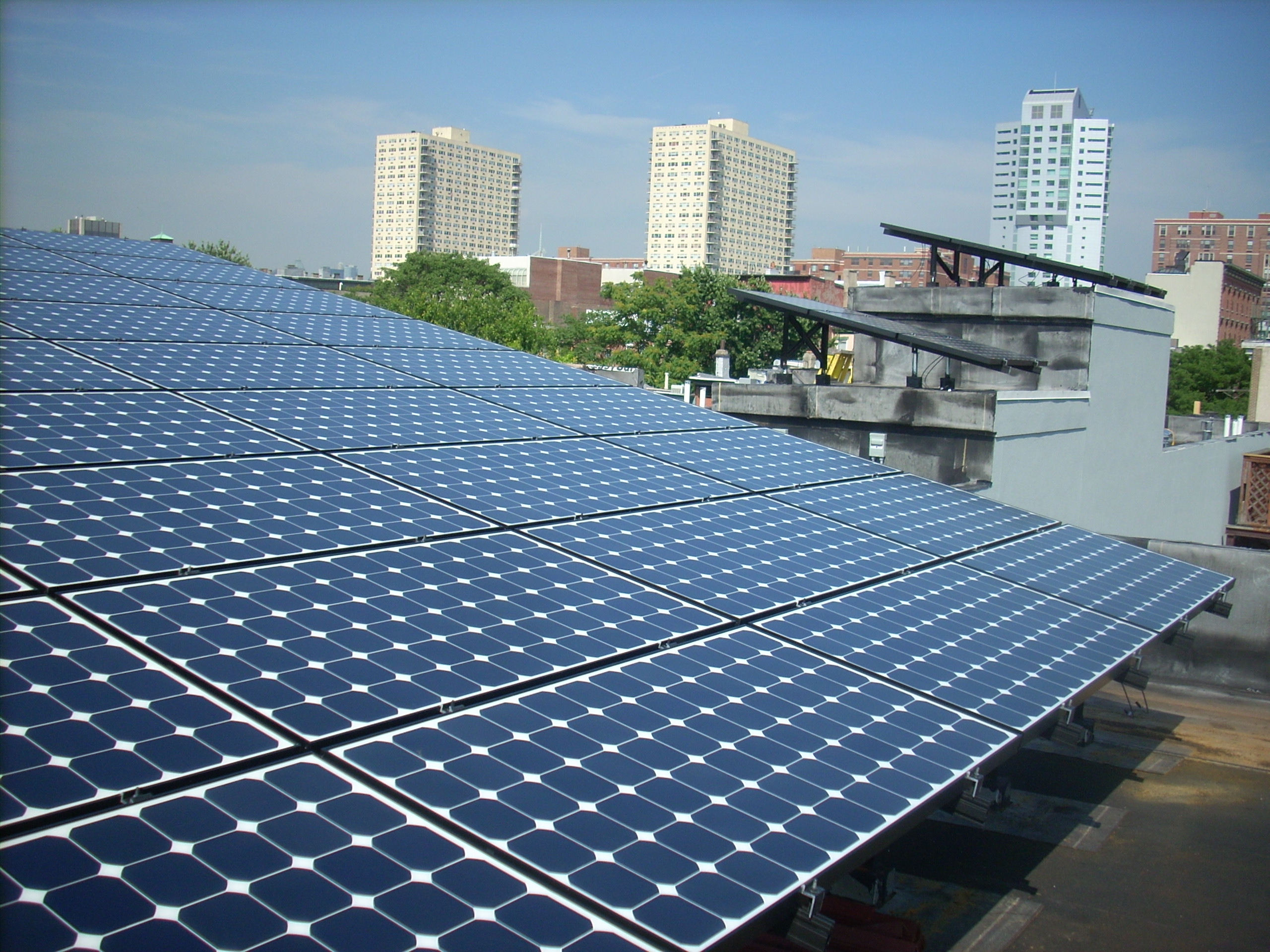
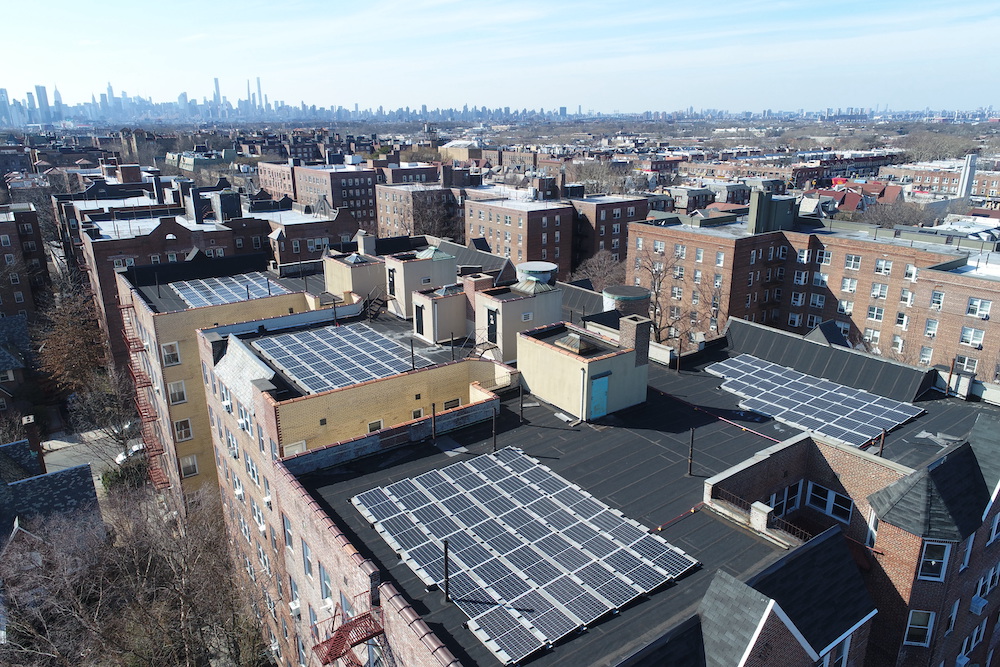
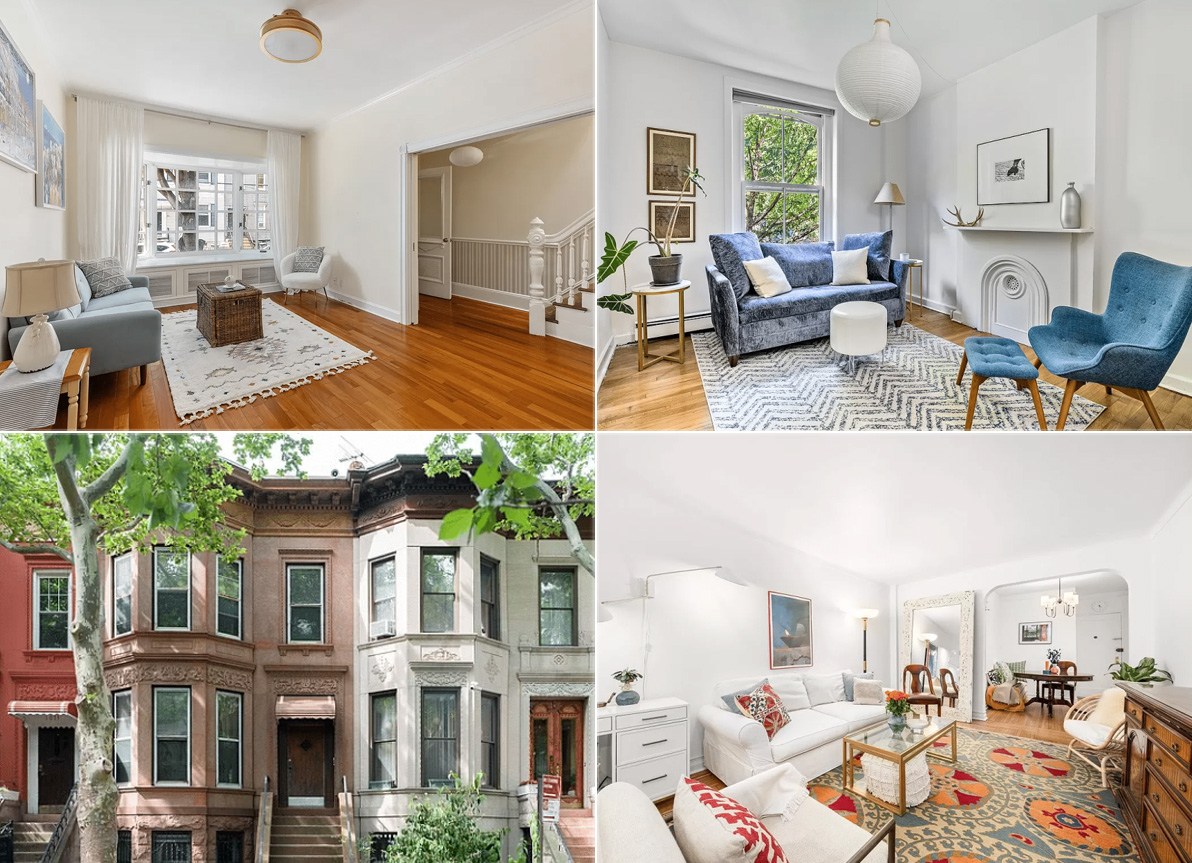
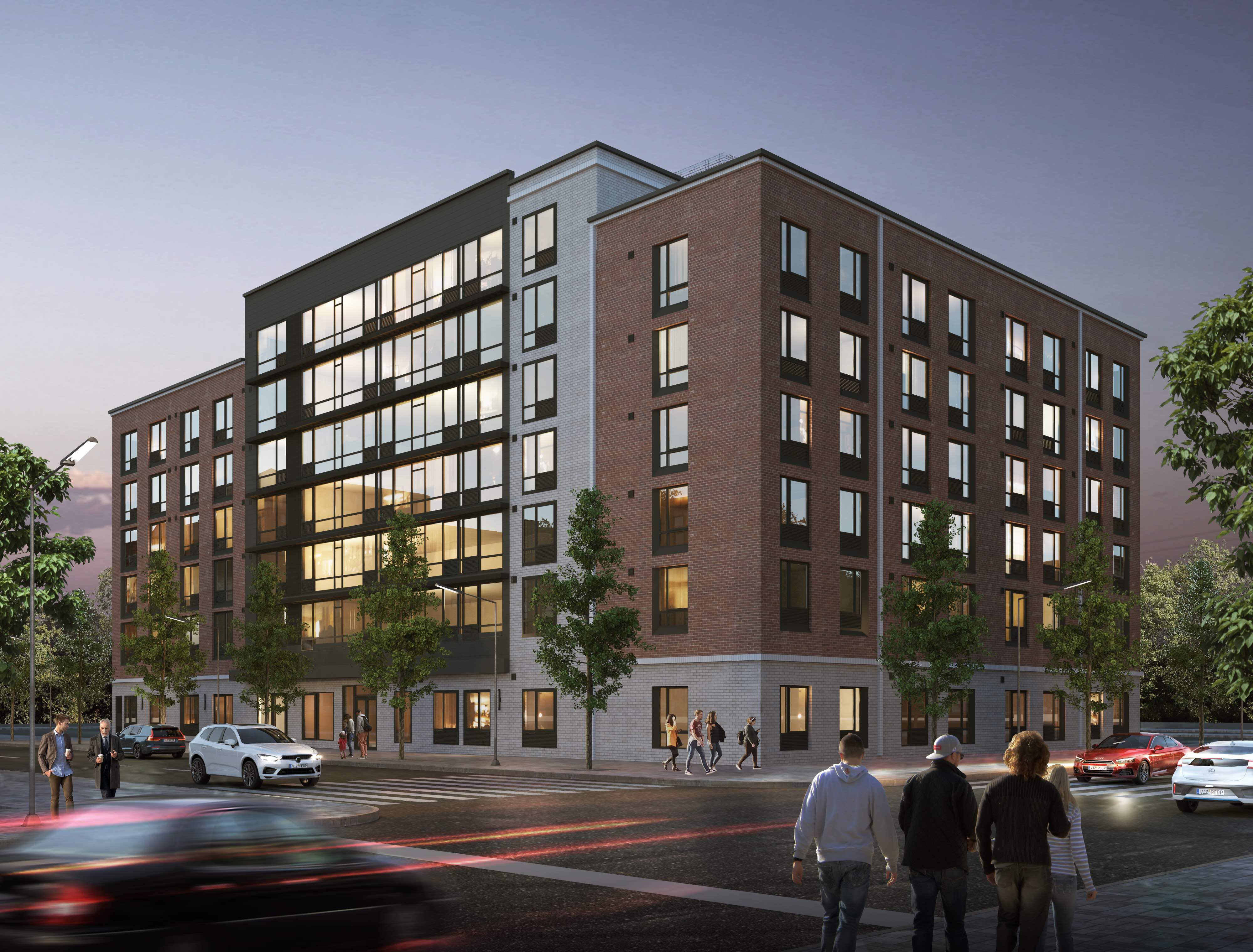
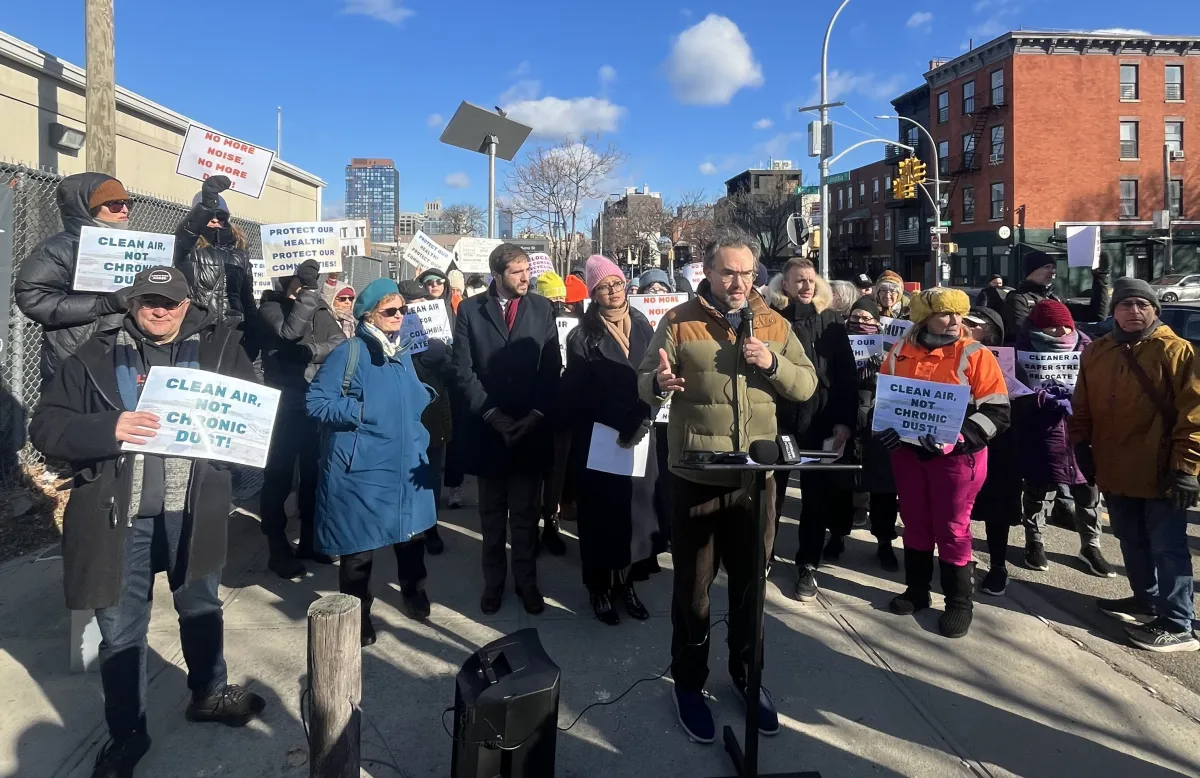
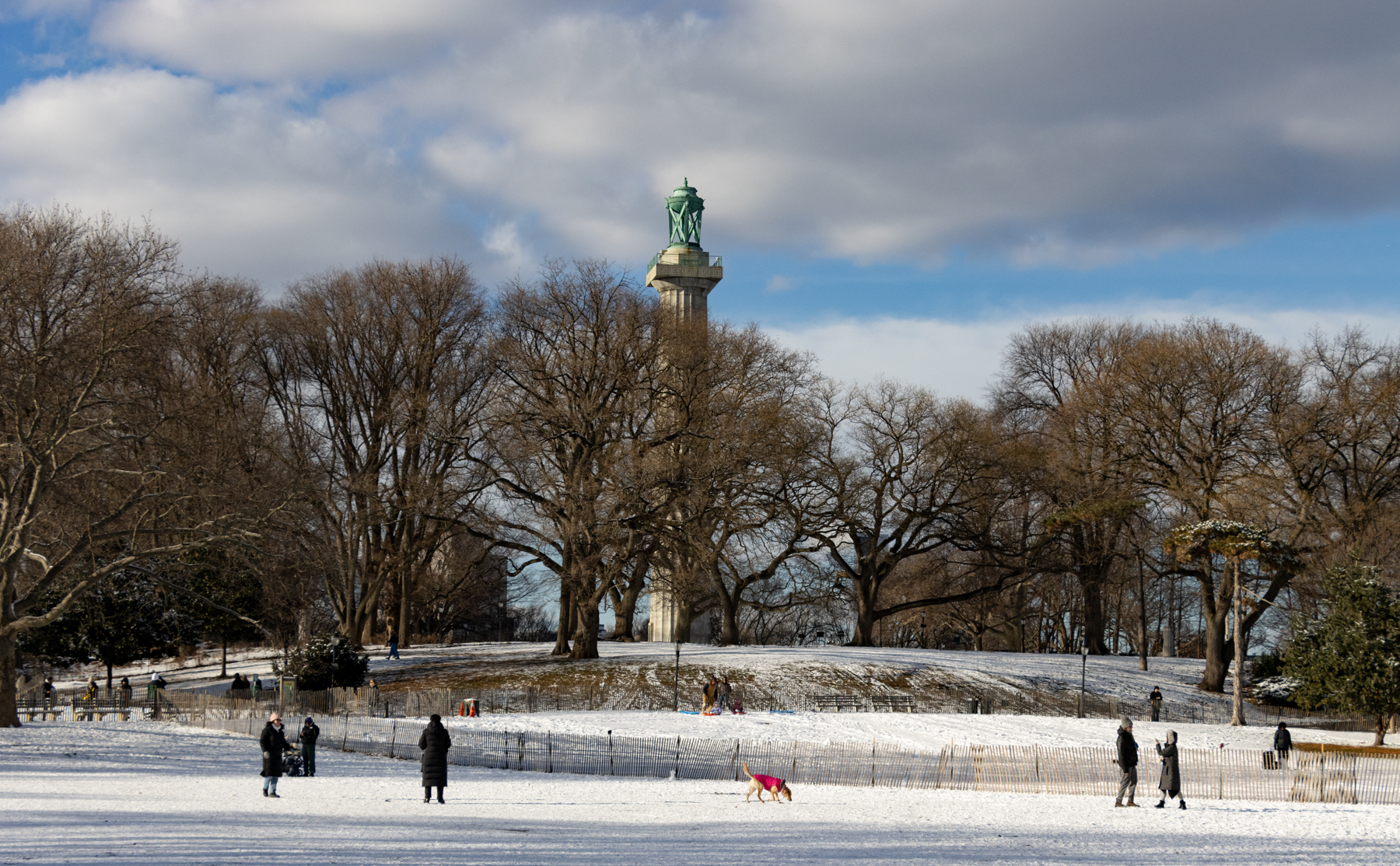




What's Your Take? Leave a Comment